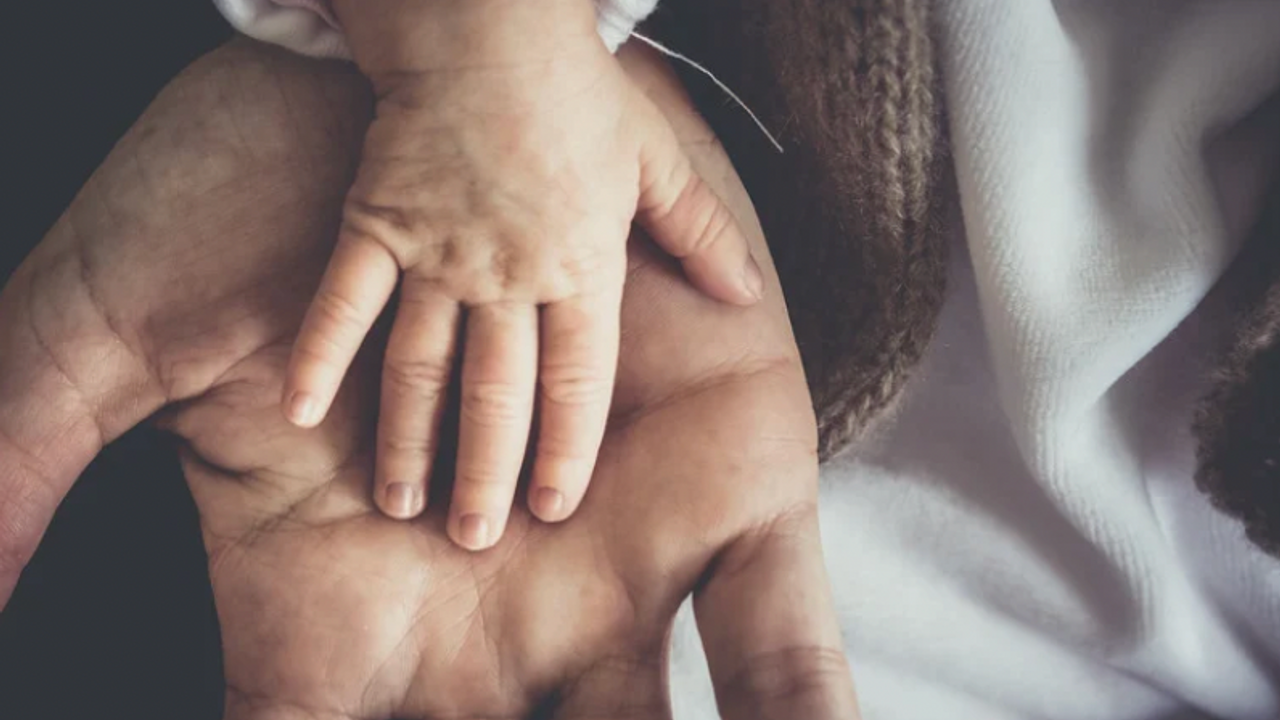Interview with Katie McKenna
Apr 04, 2022
“Our most basic need as humans is to be heard, seen, and valued. That comes before anything else.”
People-pleasing is something that many of my clients, and even myself, have struggled with. That need to be everything to everyone, while getting your worth from the approval of others- it is a way to mask yourself and hide the sadness that is underneath. This ties in directly with the Fawn response, part of four key responses.
The four responses are normally identified as just two, fight or flight. While talking with Katie Mc Kenna, we uncover the other two and how we can free ourselves from being stuck in one response.
Fight , Flight, Freeze, and Fawn
- Freeze: This is often the first response to danger. We become still. We become quiet. We assess the danger and decide to continue to freeze, giving up to further resistance.
- Flight: When we have a flight response we disengage. This acts as a retreat from the confrontation to get away from the danger. We might feel this as a need to avoid or run away from a situation.
- Fight: Fight ensures that we have good boundaries. This allows us to have healthy assertiveness and aggressive self protection if necessary so we can stand up for ourselves.
- Fawn: This response helps you to listen, help, and compromise as readily, in equal measure, as they are to assert and express themselves and their own needs. A fawn response can be used to stall the danger.
These 4 responses are not an enemy! They are natural ways to cope with danger.
We should have equal access to all four of them. They can be used together. For example, we may freeze in a situation and then flight, leaving the situation all together. We may see a situation and fawn, compromising to reach a result. The challenge becomes present when we become stuck in one specific response.
Traumatized children gravitate towards one of these to survive. A traumatic experience triggers one of these responses so intensely that they can’t leave it. They start to think it’s part of their personality and can no longer relax. They’re tired, but wired.
Get out of the state of stuckness
Awareness: It starts with awareness. This can be something you can self-reflect by journaling and sitting with yourself. You can work with a therapist or coach to dig deeper into what got you stuck into the response. You have to be aware of the response and how it impacts your life. Remember that getting help is never a sign of weakness- it’s a sign of strength.
Feel Your Emotions: Your healing journey will come with sadness. The important thing to remember is to feel those emotions. The life span of an emotion is about 90 seconds! When we feel them, allow them to pass through us, and release, we can work through them. This allows us to stop bottling them up inside.
Have Compassion: Because this deals with childhood trauma, remember to bring compassion with you at all times. Have compassion to the younger version of yourself who faced danger. Remember that what happened to you was not your fault. Allow yourself kindness and interrupt the pattern of dismissing your emotions and experiences.
“You are enough.”
You are truly your own greatest healer. The books, the podcasts, the trainings will help you to a point, but the real magic happens when you implement what you’ve learned. These things take time and things like having awareness, being open to the emotions, and having compassion will help you see these results.
Remember, you never have to be anything but yourself.
Best,
Claire
For more information on the four responses, check out the podcast episode on Apple and Spotify.
Lorem ipsum dolor sit amet, consectetur adipiscing elit. Cras sed sapien quam. Sed dapibus est id enim facilisis, at posuere turpis adipiscing. Quisque sit amet dui dui.
Stay connected with news and updates!
Join our mailing list to receive the latest news and updates from our team.
Don't worry, your information will not be shared.
We hate SPAM. We will never sell your information, for any reason.
